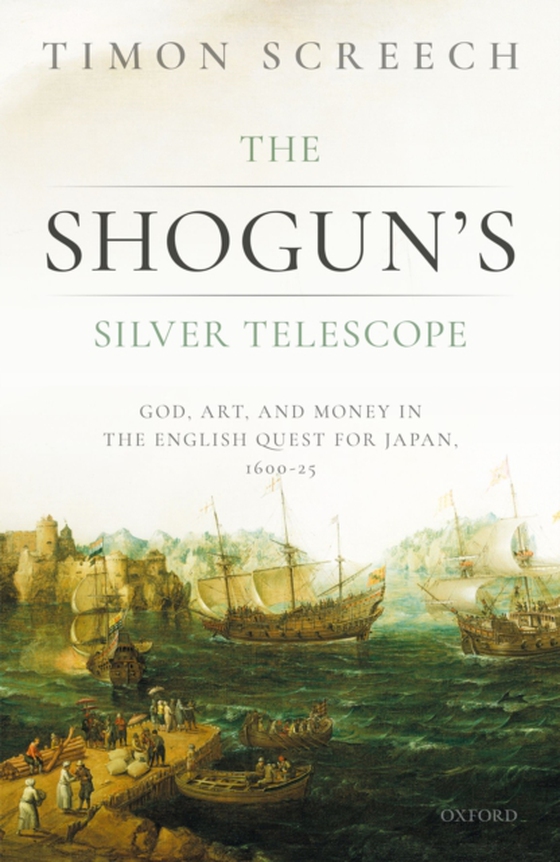
Shogun's Silver Telescope and the Cargo of the New Year's Gift e-bog
150,12 DKK
(ekskl. moms 120,10 DKK)
The East India Company, founded in London in 1600, was originally a spice trading organisation. But its governors soon began to think bigger. After a decade, they started to plan voyages to more fabulous places, notably India and Japan. Rich in silver, Japan was a desirable trading partner; crucially, it was also cold in winter. England's main export was woollen cloth, which would not sell in h...
E-bog
150,12 DKK
Forlag
OUP Oxford
Udgivet
15 oktober 2020
Længde
303 sider
Genrer
3JD
Sprog
English
Format
pdf
Beskyttelse
LCP
ISBN
9780192568014
The East India Company, founded in London in 1600, was originally a spice trading organisation. But its governors soon began to think bigger. After a decade, they started to plan voyages to more fabulous places, notably India and Japan. Rich in silver, Japan was a desirable trading partner; crucially, it was also cold in winter. England's main export was woollen cloth, which would not sell in hot places, so the Company envisaged adding to its spice runs by sailingback and forth to Japan, exchanging wool for silver. Maps suggested that this could be done quickly, above Russian. But these maps also made Japan twenty times too large, the size of India in fact. Knowing the Spanish and Portuguese had preceded them, the Company prepared a special present for its first extended sailing to India and Japan. In the end, the Company missed India, but got to Japan in 1613. The Shogun, the military dictator of Japan, was presented with a silver telescope in the name of King James. It was the first telescope ever to leave Europe and the first made as a presentation item. Before this initial ship had even returned, the Company dispatched another, named the NewYear's Gift, with an equally stunning cargo: almost 100 oil paintings. These would be given and sold to the Indian and Japanese courts. This book looks at the formation and history of the Company, but mostly examines the meaning of these two extraordinary cargoes. What were they supposed to mean, and what effect did they have on quizzical Asian rulers?
 Dansk
Dansk

